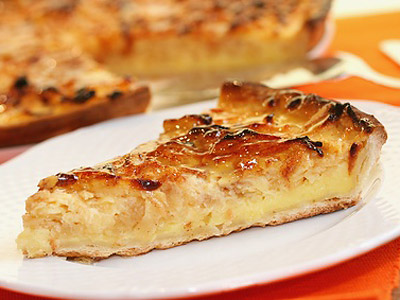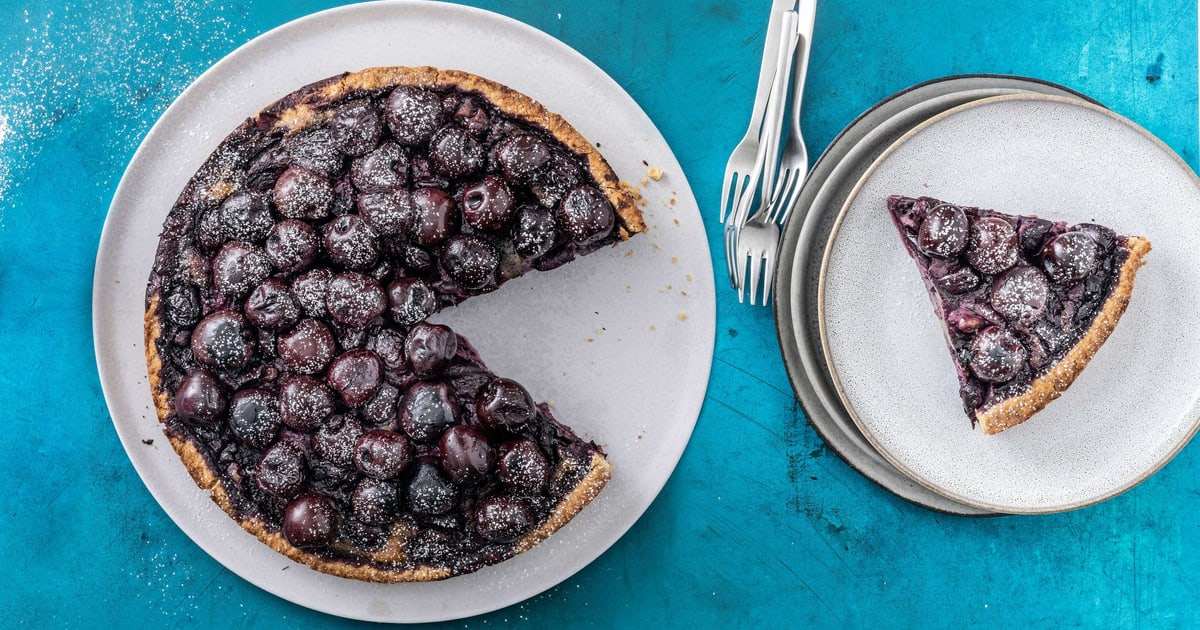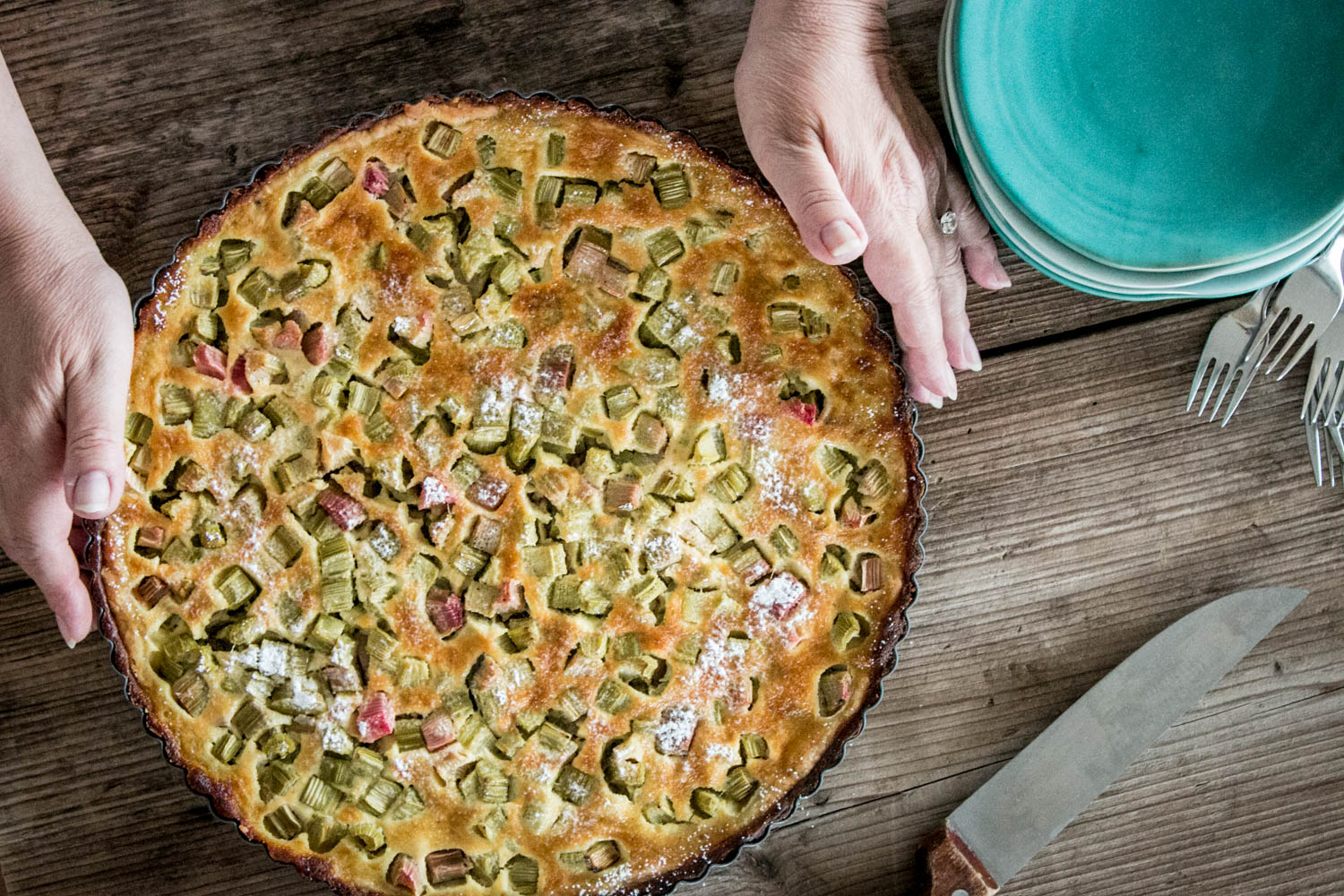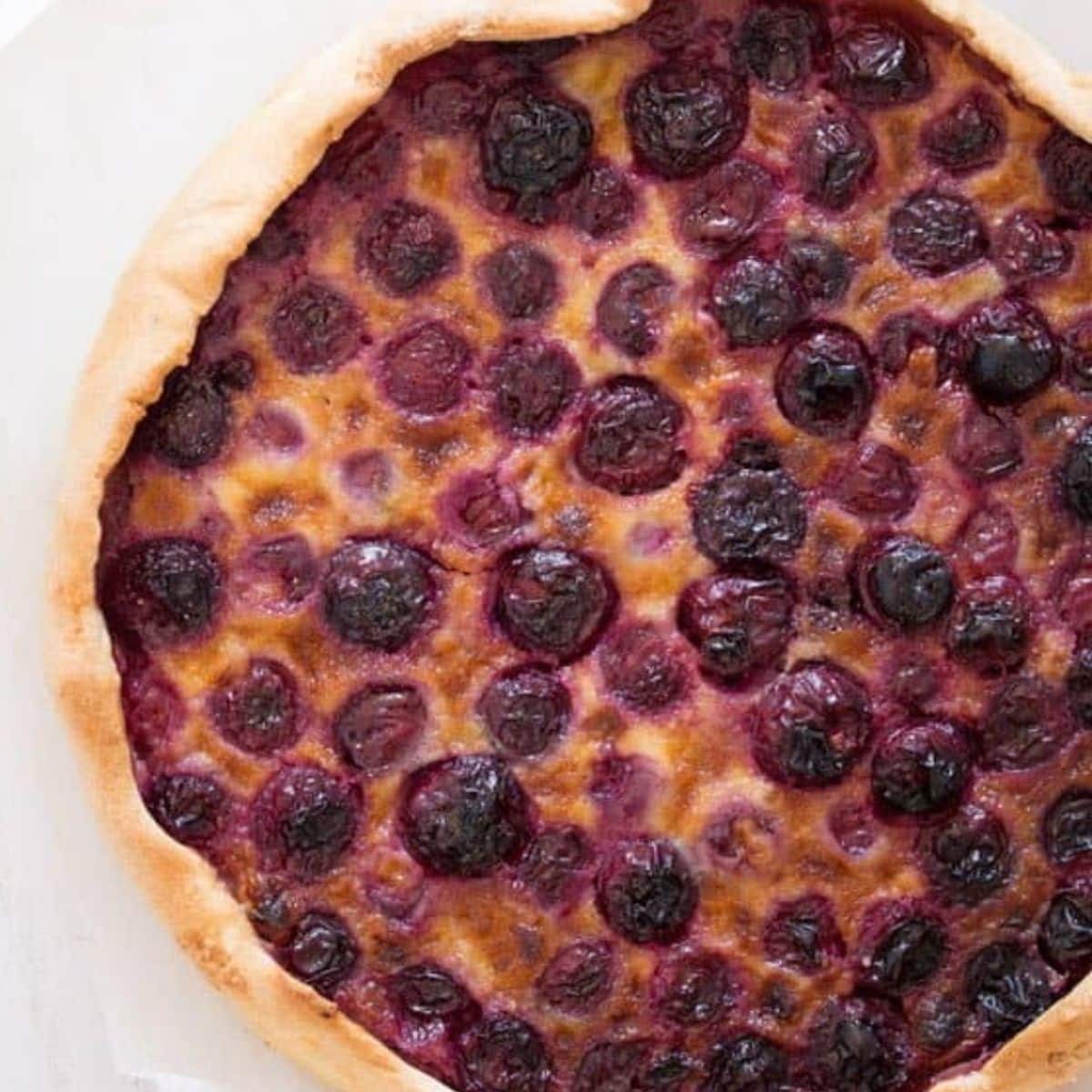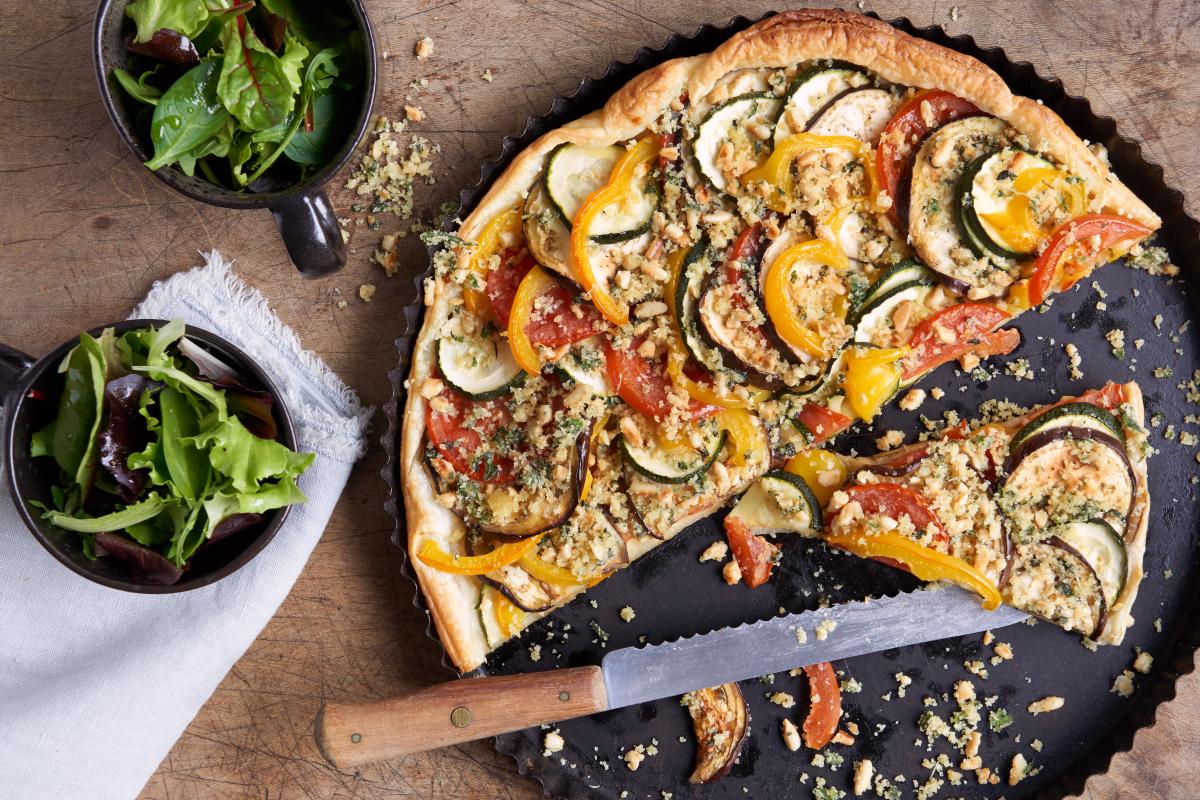Wähe
wahe, wäje, chueche, flade, tünne, dünne, turte, pitte, tarte, torta, crostata, tuorta
Wähe is a baked dish typical of Swiss and Alemannic (German) cuisine. A wähe consists of a casing (typically made of shortcrust pastry, but sometimes yeast dough or puff pastry) and a topping of a custard enveloping either fruit, vegetables or cheese. The custard and fruits or vegetables are baked together. The preparation is thus very similar to that of the French quiche or tarte. The wähe is likely to have originated in central Switzerland. The first documented mention of the term "wäye" dates back to 1556 when it was described as a bun or cake in a lexicon from the Zurich area. The wähe was first created in home baking and, according to Albert Spycher, it was made with the dough leftovers from bread baking. The scraps of bread dough were rolled out into round flat cakes, the edges of which had to be raised and pressed together to prevent the topping from leaking out. They were topped with all those ingredients that were readily available at home. Since both fruits and vegetables were suitable ingredients, it is rather difficult to separate the story of the savoury wähe from the sweet version. However, the wähe did not remain just poor man's food, it also became very popular with the middle class. The recipe for an "apple dünne" can be found in Das Kochbuch der Catharina Fehr 1824, which was widespread among the bourgeoisie. According to this recipe you need butter pastry, sliced apples, and a sauce made of flour, wine, sugar and raisins. Since the 19th century the wähe has also been prepared in industrial bakeries.
Source: Wikipedia



